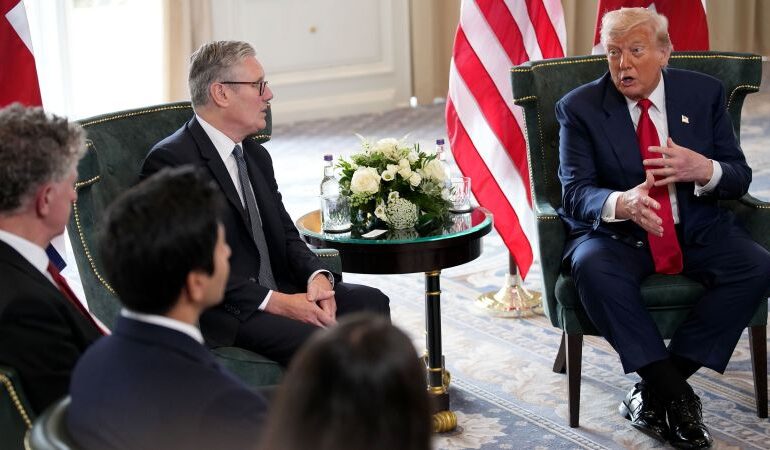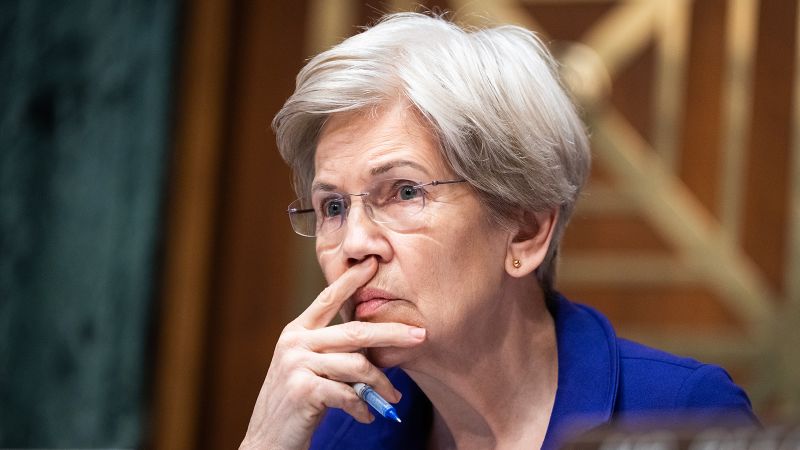Trump Shortens Peace Deadline for Russia Amid Ongoing Ukraine Conflict

President Donald Trump announced on July 28, 2023, a drastic reduction of his previous 50-day deadline for Russia to engage in serious peace negotiations regarding Ukraine. The new timeframe is now set at approximately “10 to 12 days from now,” with a target date of around August 9. Trump emphasized, “There’s no reason in waiting,” indicating his frustrations with the lack of progress towards a ceasefire.
If Russia fails to meet this new deadline, Trump has warned of severe economic repercussions, including strong tariffs and sanctions targeting countries that continue to purchase Russian oil. The Senate is reportedly ready to pass a comprehensive sanctions package, supported by over 80 lawmakers, contingent upon Trump’s approval. This situation raises questions about the feasibility of Trump’s timeline and the effectiveness of his diplomatic approach.
Trump’s Track Record with Deadlines
Critics have pointed out that Trump’s previous deadlines, particularly in foreign policy, often lack consistency. Analysts note that he frequently issues timelines that are subject to extension or alteration without clear justification. For instance, throughout this year, Trump has consistently set deadlines related to Russia, only to see them come and go without significant outcomes.
On multiple occasions, he has made promises of progress in “two weeks,” which have typically resulted in no tangible results. Trump’s administration has faced scrutiny for the seeming fluidity of these deadlines, particularly regarding the ongoing conflict in Ukraine. During a press briefing, White House press secretary Karoline Leavitt stated that these are “complicated global conflicts” that require careful navigation, yet this does not excuse the apparent inconsistencies in Trump’s commitments.
Trump’s previous interactions with Iran provide another example of his fluctuating deadlines. In March 2023, he sent a letter to Iran’s Supreme Leader Ayatollah Ali Khamenei, setting a two-month window to negotiate a nuclear deal. However, as the deadline approached, Trump extended it, suggesting additional time was needed for negotiations. This pattern of behavior illustrates a broader trend in Trump’s approach to international relations, where deadlines are often announced but rarely adhered to.
Recent Developments in Foreign Policy
In the ongoing conflict between Russia and Ukraine, Trump’s shifting deadlines have drawn particular attention. On April 24, 2023, he suggested the possibility of making decisions about military assistance to Ukraine within two weeks. By late July, however, he had shifted his stance, establishing a new deadline of August 9 for Russia to demonstrate serious intent regarding a ceasefire.
This pattern of issuing deadlines has led to skepticism among analysts and lawmakers alike. Many are questioning whether such timelines can effectively influence Russia’s actions or if they simply serve as a rhetorical device. As these events unfold, the international community watches closely to see if Trump will follow through on his threats or if his administration will continue to grapple with the complexities of foreign policy.
In summary, Trump’s latest deadline for Russia represents a significant moment in the ongoing conflict in Ukraine. As the situation develops, it remains to be seen how effective these measures will be in bringing about a resolution, and whether Trump can maintain credibility in his foreign policy commitments.






